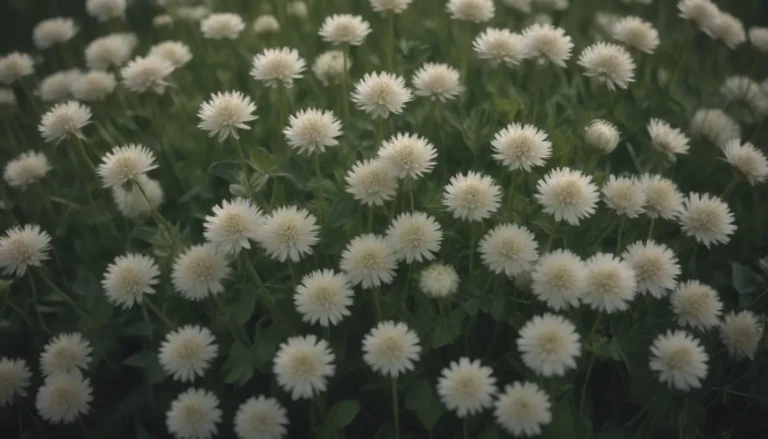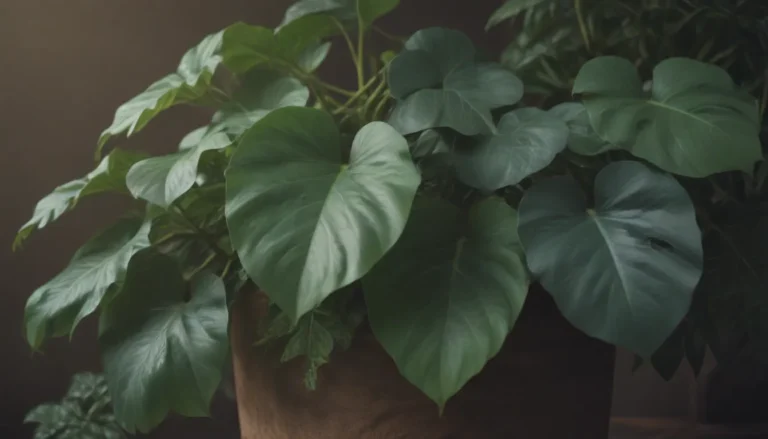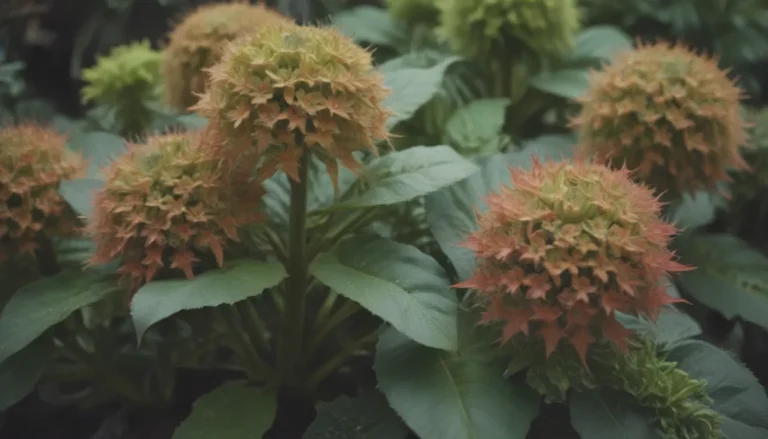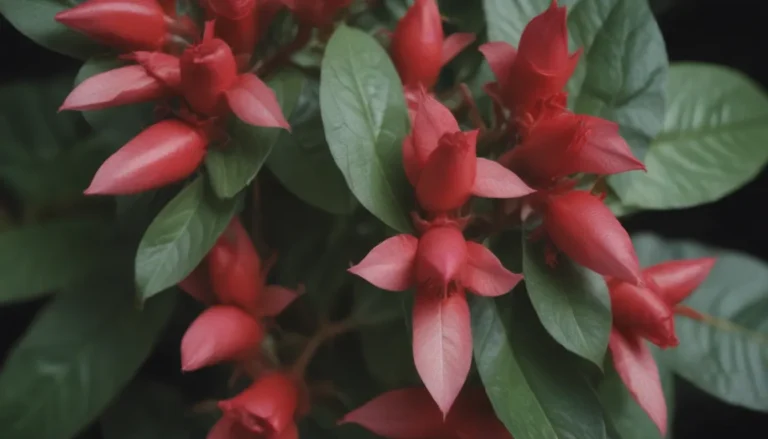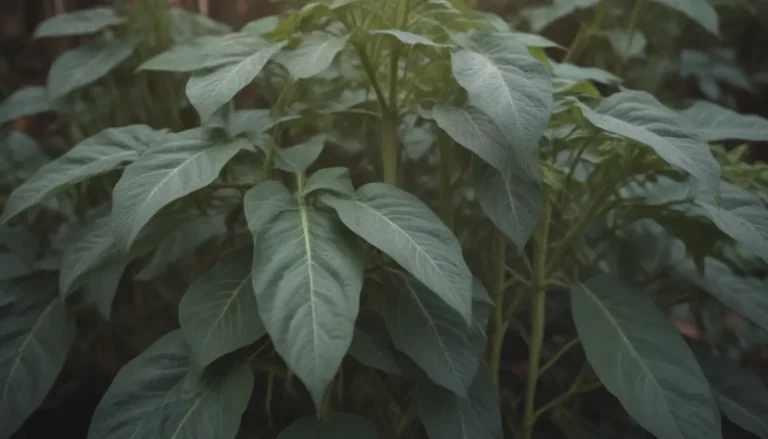Everything You Need to Know About Growing and Caring for Crepe Myrtle Trees
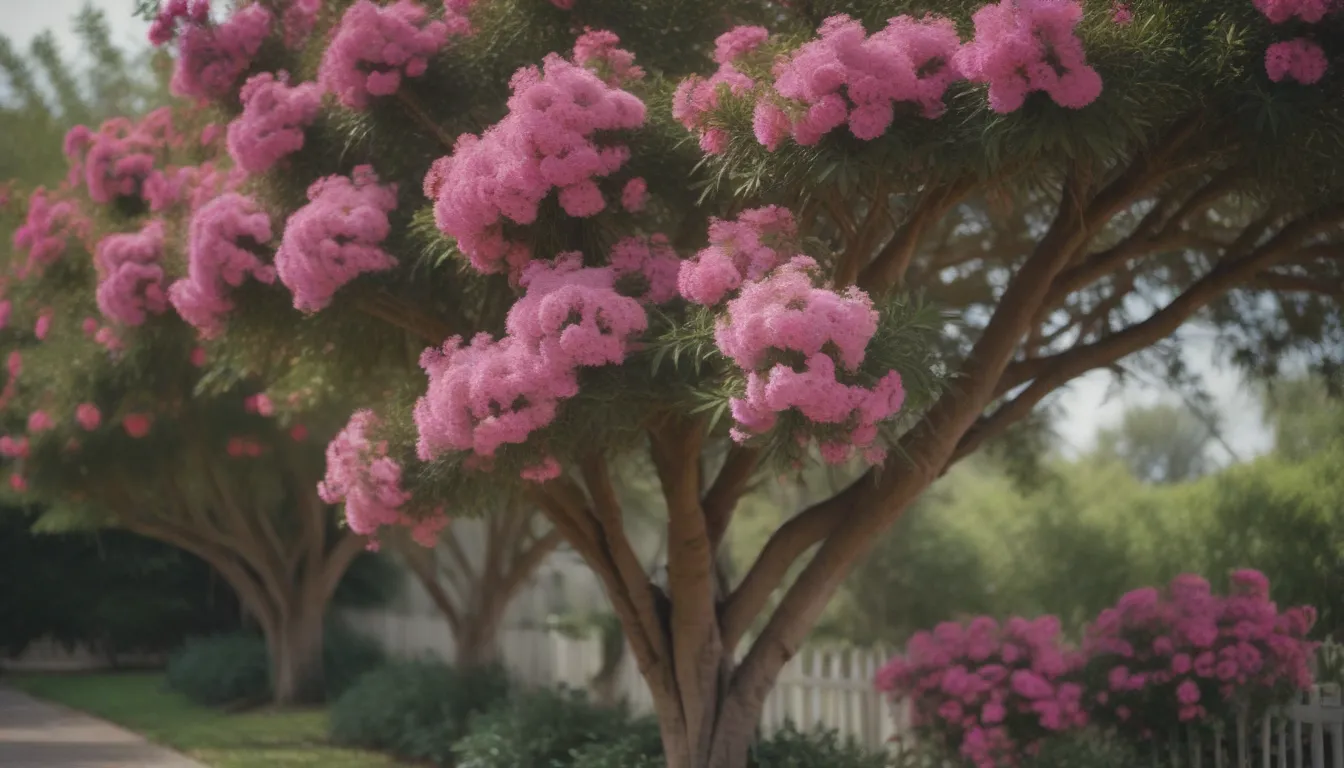
Are you a fan of beautiful, low-maintenance trees that can add a pop of color to your yard? Look no further than the stunning crepe myrtle (Lagerstroemia indica). Originating from Asia, this tree has made its mark in the Deep South of the United States, thanks to its gorgeous blossoms, peeling bark, and attractive fall foliage. In this in-depth guide, we’ll walk you through all the steps needed to grow and care for your very own crepe myrtle tree. So, grab your gardening gloves and let’s get started!
Understanding Crepe Myrtle Care
Crepe myrtles are generally considered low-maintenance trees, but there are a few key steps you can take to ensure they thrive and produce the best blooms possible. Let’s dive into some essential care tips for your crepe myrtle:
– Choosing the Right Location: Select a spot in your yard that receives at least six hours of full sun each day to encourage abundant blooms.
– Proper Pruning: Avoid the common mistake of “crepe murder” by topping your tree, as this can permanently damage its growth structure.
– Watering: Water your crepe myrtle deeply, particularly during dry periods, to support healthy growth and vibrant blooms.
– Soil Requirements: Crepe myrtles prefer well-draining, slightly acidic soil and cannot tolerate standing water.
Tip:
It’s important to remember that crepe myrtles can grow up to 25-30 feet tall, so plan accordingly when choosing a location for your tree.
Ensuring Optimal Conditions for Your Crepe Myrtle
To ensure your crepe myrtle thrives, pay attention to specific factors such as light, soil, water, and temperature. Here’s what you need to know:
– Light: Your crepe myrtle needs full sun to bloom prolifically and showcase its vibrant colors.
– Soil: While crepe myrtles are not picky about soil pH, they prefer well-draining soil to prevent root rot.
– Water: Be sure to water your tree regularly, especially during dry spells, to support healthy growth and abundant blooms.
– Temperature and Humidity: Crepe myrtles thrive in USDA zones 6-9, but additional care may be needed in colder climates to protect the branches from frost damage.
Fertilizer:
Use a slow-release fertilizer with high nitrogen content sparingly, as too much fertilizer can inhibit bloom production and promote excessive foliage growth.
Exploring Different Varieties of Crepe Myrtle
Lagerstroemia indica is just one of many species in the crepe myrtle genus, with numerous cultivars offering unique traits such as color, size, and form. When selecting a crepe myrtle for your yard, consider popular cultivars such as ‘Enduring Summer White,’ ‘Tuskarora,’ ‘Catawba,’ and ‘Muskogee’ for a diverse range of options.
Pruning Tips for Healthy Crepe Myrtles
Pruning your crepe myrtle is essential for maintaining its health, promoting bloom production, and achieving the desired shape and size. Follow these pruning tips for optimal results:
– Timing: Prune your tree in the winter or early spring to encourage new growth and abundant blooms.
– Establishing Tree Form: If you prefer a tree form, prune off all but one trunk to create a strong leader and promote a visually appealing structure.
– Maintenance Pruning: Regularly remove suckers and errant branches to maintain the tree’s shape and expose its beautiful peeling bark.
Dealing with Common Pests and Diseases
While crepe myrtles are relatively resistant to pest infestations, they can be susceptible to issues such as powdery mildew, sooty mold, and fungal infections. To prevent these problems:
– Proper Watering: Water the roots rather than the foliage to prevent moisture-related diseases.
– Space Management: Allow your tree ample space to air dry after rain and consider yearly fungicide treatments as a preventative measure.
In conclusion, crepe myrtles are versatile, beautiful trees that can enhance any landscape with their vibrant blooms and unique foliage. By following these care tips and selecting the right variety for your yard, you can enjoy a thriving crepe myrtle that adds beauty and charm to your outdoor space. So, get ready to plant, prune, and pamper your very own crepe myrtle tree for years of enjoyment in your garden!
